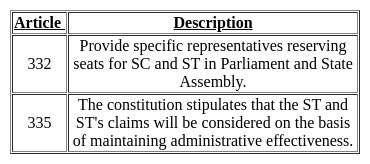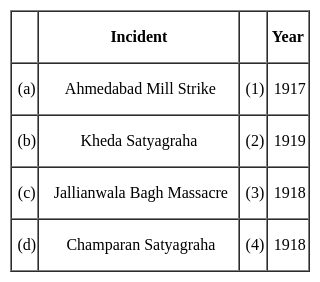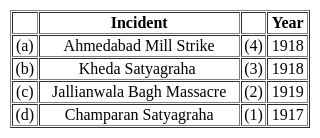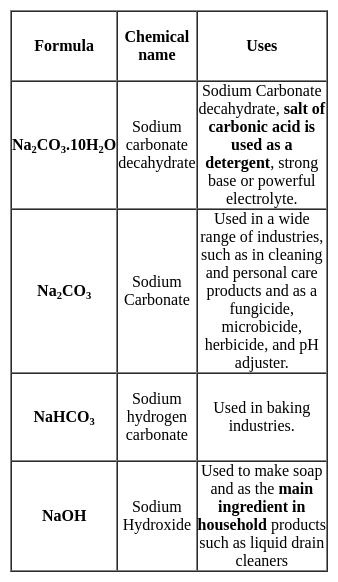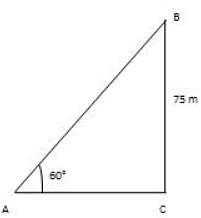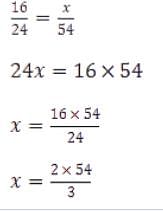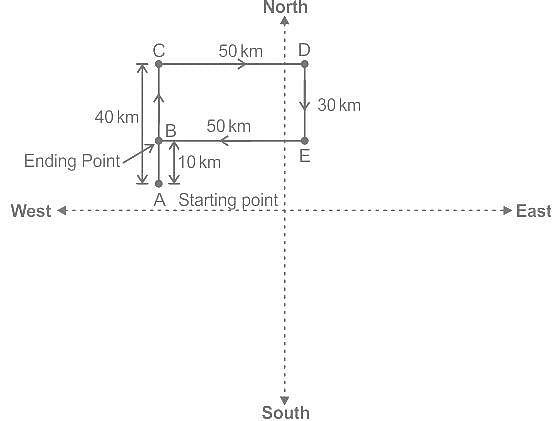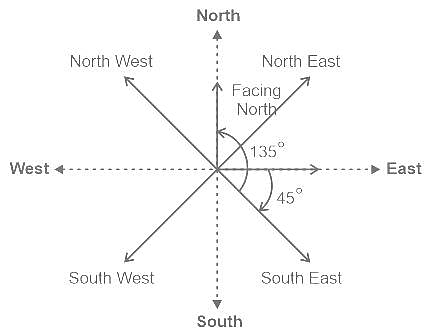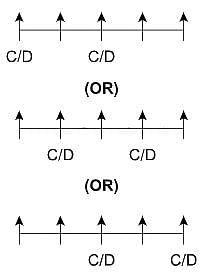Goa Police SI Mock Test - 9 - Goa Police SI MCQ
30 Questions MCQ Test - Goa Police SI Mock Test - 9
Which article of Indian constitution deals with constitutional amendments?
The new agricultural strategy called 'Green Revolution' was initiated in ________.
The hills of the Himalayas beyond the Brahmaputra valley are called
According to Marshall, the law of diminishing marginal utility applies on ___________?
Direction: In the following question, the sentences have been given in Active/ Passive Voice. From the given alternatives, choose the one which best expresses the given sentence in Passive/ Active Voice.
You should open the wine about three hours before you use it.
Direction: In the following question, the sentences have been given in Active/ Passive Voice. From the given alternatives, choose the one which best expresses the given sentence in Passive/ Active Voice.
The boy laughed at the beggar.
Direction: In the following question, a sentence has been given in Active/Passive Voice. Out of the four alternative suggested, select the one which best expresses the same sentence in Passive/Active Voice.
He was disgusted with the flattery of his assistant.
6 persons are sitting in a car. The average weight of all six persons is 72 kg and the average weight of the car and all six persons is 180 kg. What is the weight of the car?
A kite is flying at a tallness of 75 m from the level of ground, joined to a string slanted at 60° to the level. The string's length is:
If the savings of Kalyan is 125% of his expenditure, his expenditure is what percentage of his income?
In a match, A scored 6.25% fewer runs than B. The runs scored by B were what percentage more than that by A?
Suraj can complete a work in 80 days. Mangal is 60% as efficient as Suraj. In how many days can both of them together complete the work?
Diya can complete a work in 80 days. In how many days can she complete it with 80% of her efficiency?
A car travels first 160 km at 64 km/hr and the next 160 km at 80 km/hr. What is the average speed for the first 320 km of the tour?
Which of the following is the product of 7/8 and -4/21?
The first, second and fourth terms of a proportion are 16, 24 and 54 respectively. Then the third term is:
Which of the figures (1), (2), (3) and (4) can be formed from the pieces given in figure?
Problem Figure

Ravi goes 40 km to North, then turns right and walks 50 km then again turns right and walks 30 km, then again turns right and walks 50 km. Now how many km away is he from his original position ?
Sunny is facing East. After that, he turns 45° clockwise and then 135° anticlockwise. In which direction is he facing now?
Directions: Each of the following consists of a question and two statements numbered I and II given below it. You have to decide whether the data provided in the statements are sufficient to answer the question.
Five people C, D, E, F and G are sitting in a row and facing north. Who among the following sits exactly in the middle of the row?
Statement I: C sits second from the right end of the row and G sits on the immediate left of C.
Statement II: Only one person sits between C and D. E is not an immediate neighbour of G.
Directions: Study the following question carefully and choose the right answer.
In a certain code PAUSE is written as OBVTD and SHIFT is written as RIJGS. How will THINK be written in the same code?


